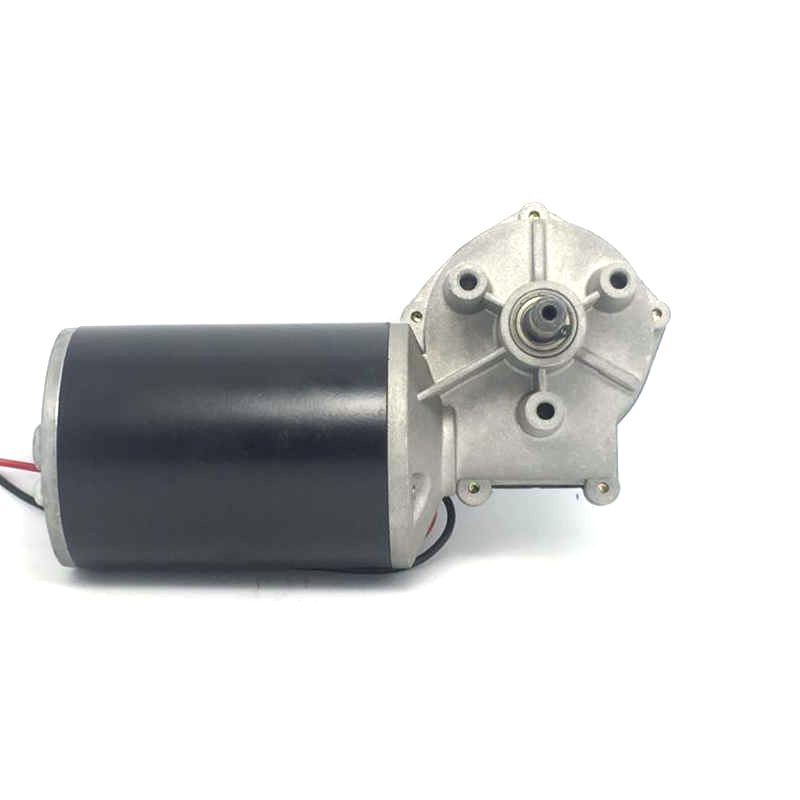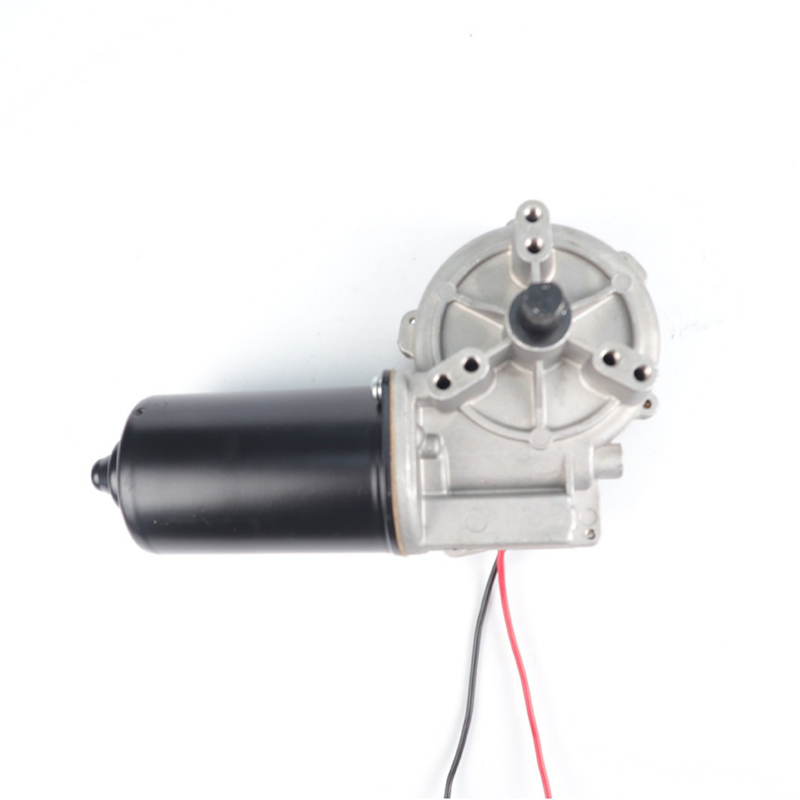 +86-0577-66009580
+86-0577-66009580
 juntmotor@126.com
juntmotor@126.com

In the evolving world of precision engineering, high-performance machinery requires components that enhance accuracy, efficiency, and durability. Among these critical components, the servo gear reducer has become indispensable. Designed to optimize torque transmission while minimizing energy loss, servo gear reducers play a vital role in industrial automation, robotics, and CNC machinery.
One of the primary benefits of a servo gear reducer is its ability to improve torque control. Precision engineering applications demand consistent torque output, especially in automated manufacturing. By integrating a gear reduction starter motor, systems can achieve high torque at lower speeds, essential for operations requiring delicate movements. Additionally, the gear wali motor, commonly used in small and medium-sized machinery, benefits from servo gear reducers by ensuring smooth and controlled motion.
A well-designed servo gear reducer significantly reduces backlash, a common issue in mechanical systems that rely on gears. Backlash can compromise accuracy, cause inefficiencies in CNC machines and robotics. By incorporating a gear reduction starter motor, industries can ensure that machines maintain precise movement, minimizing errors during operation.
Energy efficiency is another critical advantage of using servo gear reducers in precision engineering. These reducers optimize power transmission, ensuring that minimal energy is lost during operation. When paired with a gear wali motor, they enable smooth operation at variable speeds, improving overall system efficiency.
The combination of a servo gear reducer and a gear reduction starter motor is particularly effective in applications where controlled acceleration and deceleration are required. This prevents excessive wear and tear on mechanical components, extending the lifespan of industrial machinery. In high-speed applications, such as conveyor systems and robotic arms, servo gear reducers help maintain stability while optimizing energy consumption.
Industrial operations require components that can withstand prolonged use without frequent maintenance. The servo gear reducer offers outstanding durability due to its robust construction and high-quality materials. The synergy between a gear reduction starter motor and a servo gear reducer ensures that systems run efficiently for extended periods with minimal maintenance requirements.
The gear wali motor, often used in smaller automation applications, also benefits from the longevity of servo gear reducers. The ability to handle high torque loads without excessive heat buildup makes them ideal for precision engineering projects. Reduced friction and improved lubrication further enhance the lifespan of these mechanical systems.
Servo gear reducers are widely used in various industries, from automotive manufacturing to medical device production. In CNC machining, the combination of a gear reduction starter motor and a servo gear reducer ensures high-precision cutting and shaping of materials. The gear wali motor, often employed in robotic arms, benefits from the controlled movement provided by servo gear reducers.
Another key application is in automation, where servo gear reducers help maintain consistency in repetitive tasks. Whether used in assembly lines or packaging machinery, these reducers enhance system reliability. The integration of a gear reduction starter motor allows for seamless operation even under heavy loads.
The role of servo gear reducers in precision engineering cannot be overstated. By improving torque control, enhancing energy efficiency, and reducing maintenance needs, these components are essential for modern industrial applications. The combination of a gear reduction starter motor with a servo gear reducer ensures high performance in demanding environments. Additionally, the gear wali motor benefits from the precision and durability offered by these reducers. As industries continue to push the boundaries of automation and efficiency, servo gear reducers will remain a cornerstone of advanced engineering solutions.

